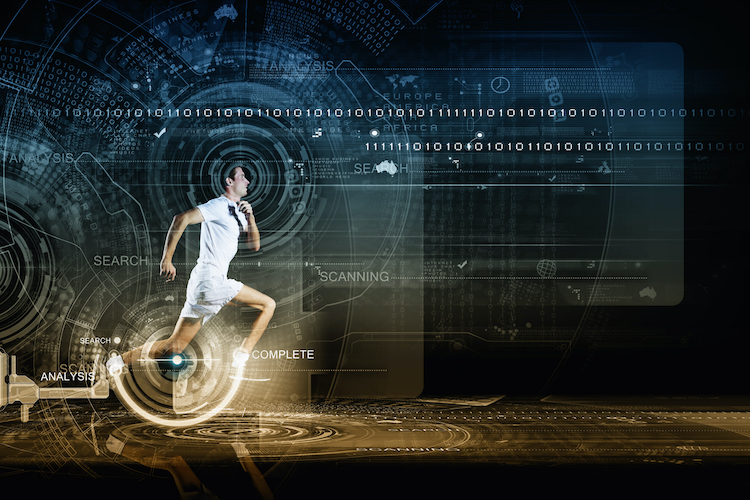
By Coach J
In the last article, I talked about the movement crisis—how dysfunction shows up in our bodies due to poor mechanics, compensations, and a lack of movement education. It’s real, it’s widespread, and it’s costing us health, performance, and freedom.
The good news? We can fix it. That’s where Motion Therapy comes in.
Why We Need a Fix
Let’s be clear: you can’t out-train dysfunction.
You can’t foam roll your way out of chronic pain.
And you definitely can’t throw random exercises at broken movement patterns and hope for the best.
Dysfunction requires a plan—a system. That system is Motion Therapy.
What Is Motion Therapy?
Motion Therapy is the Aruka solution to movement dysfunction. It’s a method I developed through decades of working with athletes, therapists, and everyday movers. It addresses the root of faulty movement and helps restore proper function through a strategic three-part approach:
1. Corrective Exercises
These aren’t just light movements or fancy warm-ups.
They are targeted drills designed to:
- Rewire poor patterns
- Reinforce proper mechanics
- Reactivate muscles that have gone “offline”
- Rebuild control, range, and stability
Think of it as teaching the body how to move again—with precision.
2. Therapeutic Interventions
Sometimes dysfunction stems from deeper issues—pain, inflammation, structural limitations. That’s where collaboration with therapists, chiropractors, and medical professionals comes in. These interventions may include:
- Soft tissue work
- Joint mobilizations
- Manual therapy
- Neuromuscular re-education
When needed, these therapies validate the effectiveness of corrective work and ensure the body is primed for real change.
3. Mobilizations
Without proper range of motion, good movement can’t happen. Mobilizations help:
- Open up tight joints
- Restore functional flexibility
- Create space for efficient motion
- Improve circulation and movement fluidity
Mobilizations aren’t about becoming more flexible for the sake of it—they’re about restoring freedom in movement.
Who Needs Motion Therapy?
Everyone.
That’s not an exaggeration.
If you sit for hours a day, if you’ve ever had an injury, if you’ve trained without skill focus, if you’ve experienced recurring pain—you need Motion Therapy.
I’ve used it with:
- Pro athletes returning from ACL surgery
- Grandparents who want to get off the floor with ease
- Young athletes learning to run properly
- Weekend warriors fighting through shoulder pain
- Office workers with tight hips and neck tension
Motion Therapy is not limited to the injured. It’s for the underperforming, the misaligned, and the overcompensating.
Why It Works
Because it meets people where they are.
It addresses the real problem instead of masking symptoms.
It restores function before force.
And that’s the key.
Too many programs try to build power on top of dysfunction. That’s like building a house on a cracked foundation—it may look strong, but it won’t last.
With Motion Therapy, we rebuild the base—movement by movement, joint by joint, pattern by pattern.
The Role of Assessment
Motion Therapy doesn’t begin with movement—it begins with assessment.
Through tools like:
- The Aruka Movement IQ Screen
- The Injury Risk Analysis
- Functional range and control evaluations
…we discover what needs to be addressed.
We don’t guess.
We observe, analyze, and prescribe with purpose.
That’s the difference between training hard and training smart.
Restoration Is Performance
Some might look at Motion Therapy and think it’s “just rehab.”
But here’s the truth:
Restoration is a performance strategy.
When you restore movement, you unlock:
- More efficient strength
- Safer speed
- Greater endurance
- Less inflammation
- More freedom in life and sport
This is where performance begins—not in the weight room, but in the foundational mechanics of the human body.
Living Up to Our Name
Remember, Aruka is based on the Hebrew word Arukah—which means to rebuild and restore. That’s not just a philosophy. It’s a process.
Motion Therapy is one of the most powerful expressions of that process.
It’s how we take someone from dysfunction to function… and from function to performance.
And we do it with intention, wisdom, and skill.
What’s Next?
In the next article, I’ll break down the Three Big Rocks of Aruka Performance—the pillars every training system should be built on:
- Skill Mastery
- Bio-Motor Ability Enhancement
- Movement & Athletic Neurogenics
If you want to build a complete, intelligent, and lasting performance model—you won’t want to miss it.
Until then, remember this:
Pain is a signal. Dysfunction is a warning. Motion Therapy is the fix.
Let’s restore what was lost—together.
Leave a Reply